Dubai. Part One.
City Structure
To reproach Dubai for any shortcomings is inappropriate. As reiterated countless times, the city has emerged from a completely barren desert into a modern metropolis with skyscrapers and the tallest building in the world in just 20 years, providing a strong argument that compels us to overlook all flaws.
And there are no significant flaws here either. A temperature of 45 degrees is not the city’s doing but a result of natural conditions. It’s also not desirable to criticize such a young and modern place in the absence of details: acquiring those details takes time, many years must pass. They say Dubai is boring. Indeed, the city lacks street shows, historical sites, and hustle and bustle. It operates under relatively strict religious rules, and in general, it’s too calm.
In return, Dubai offers vast amusement parks, safaris, water parks, jet ski racing, open skyscrapers, and other entertainments of a modern resort city.
Dubai has two metro lines. The majority of stations are above ground, allowing everyone to enjoy the ride amidst the skyscrapers. The stations are uniform, and their design perfectly complements the city’s modern appearance.



Metro entrance. All stations are equipped with escalators, moving ramps, elevators, and tactile tiles for people with disabilities. However, it is unlikely that a disabled person will be able to independently reach the stations throughout the city.

The turnstiles are designed in such a way that a child can pass through them with minimal bending. On the left, you can see a folded wheelchair — there is one available at every station.


The metro is divided into zones with different fare prices. The card needs to be tapped both at the entrance and at the exit.

Each station has a convenient and modern restroom with a diaper changing room.

Map.

There is a separate car designated for women and children.

Dubai Metro pays attention to detail in trying to resemble the London Underground. It uses a similar font for signage, including the phrase “Mind the gap.”
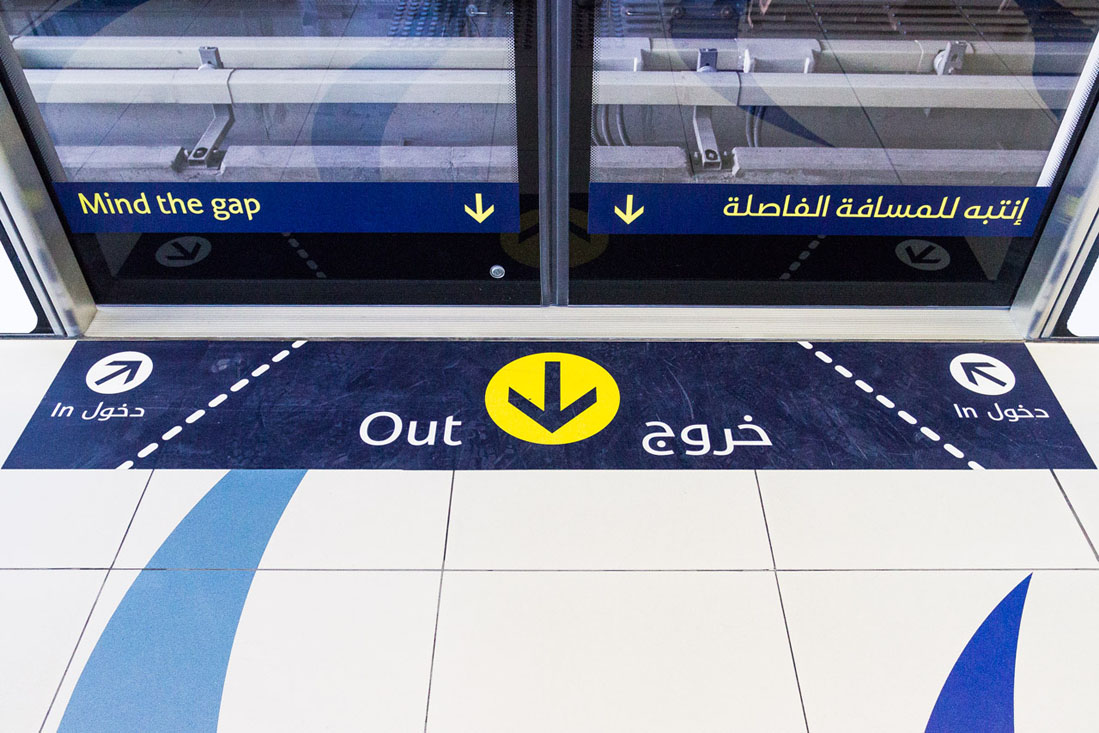
Entrance halls.




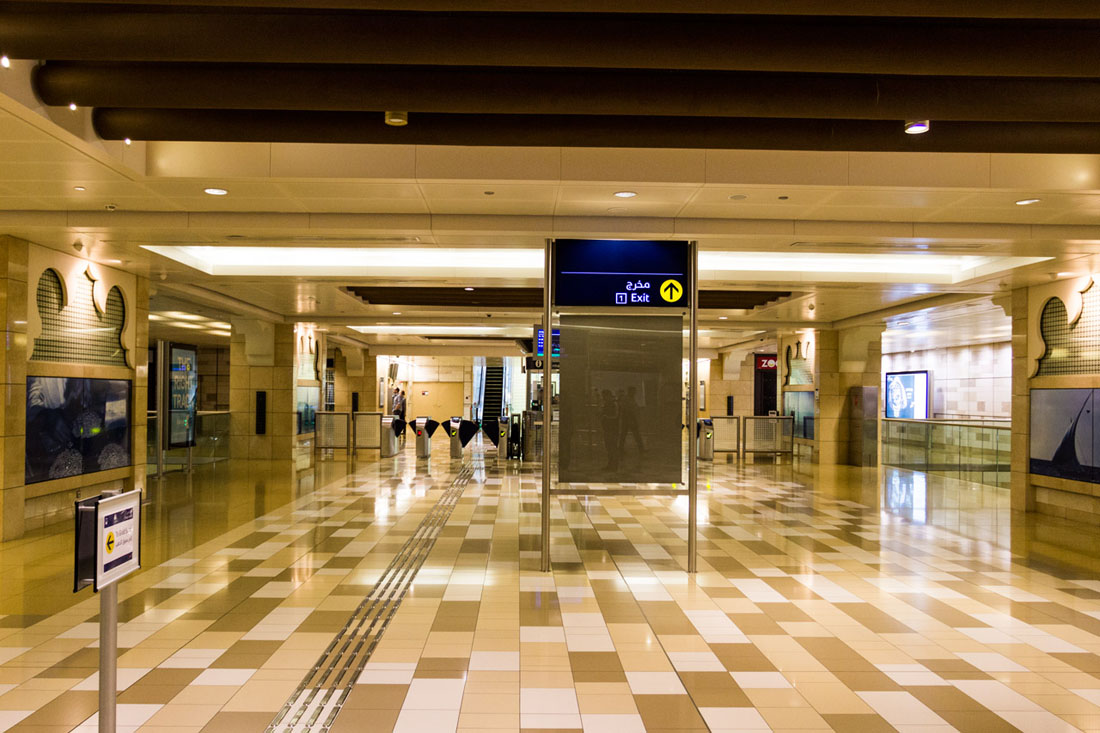
All the train cars are interconnected, allowing you to move freely from one end to the other without obstacles. There is plenty of space inside the car, with high ceilings and good lighting. However, there are few seating places available, and the train compositions are short. Trains run at infrequent intervals, about every 5-7 minutes, making it difficult to navigate during peak hours.

The trains are fully automated and operate without a driver. There is always a crowd gathering around the front and rear windows with their iPhones.
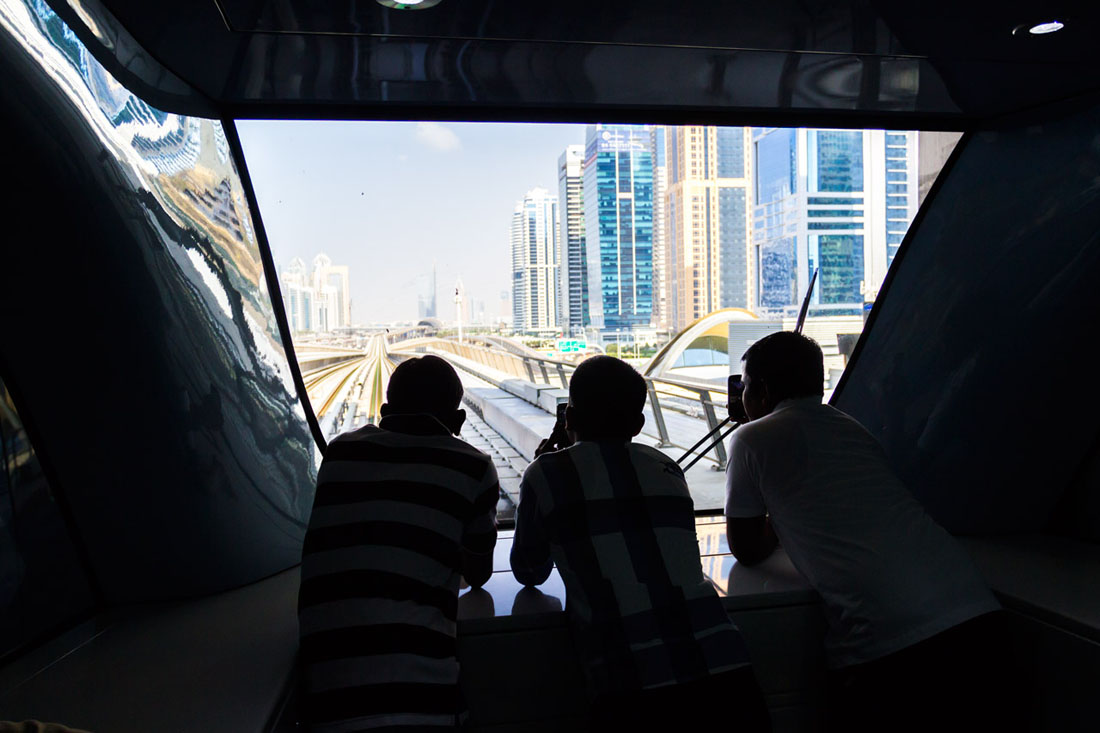
In Dubai, people are not fond of walking: the strong heat prevails for a significant part of the year, and distances can be deceivingly vast. Even the metro transfers can be quite long. It may take about 10 minutes to walk from the metro station to Burj Khalifa through the transfer pathway. That’s why moving ramps are used everywhere here.

The city is generally poorly adapted for pedestrian movement. Sidewalks abruptly start and end, mingling with the road. Crosswalks are located randomly, and people cross the road wherever they please. Traffic lights are not necessary. It would be better to put up a sign that says “caution, pedestrians.”



The green signal call button is almost like in London.

The textured road markings (yellow stripes with decreasing gaps) warn the driver to reduce speed.

Major highways are tolled. Every few kilometers, there is a structure called a toll gate (toll bridge) looming over the road, locally known as “Salik” in slang.

There is a sensor attached to the windshield of vehicles. When passing under the toll bridge, the toll fee is automatically deducted from the driver’s account.
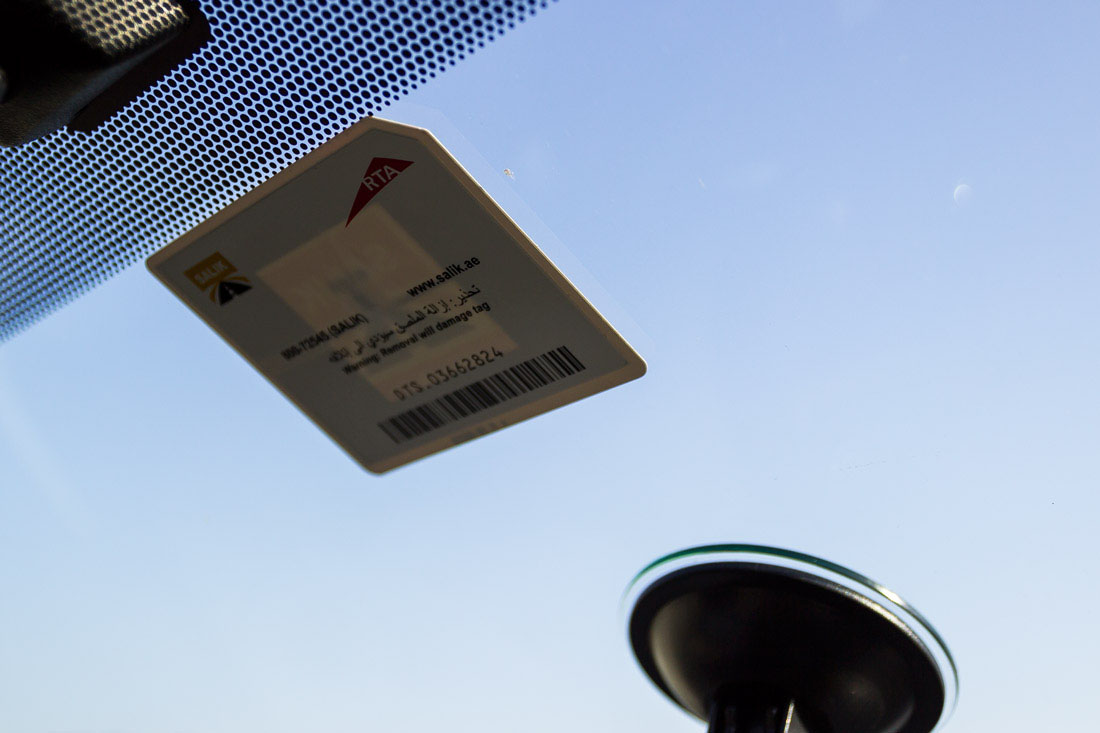
There are many cameras on the roads. All of them are operational.
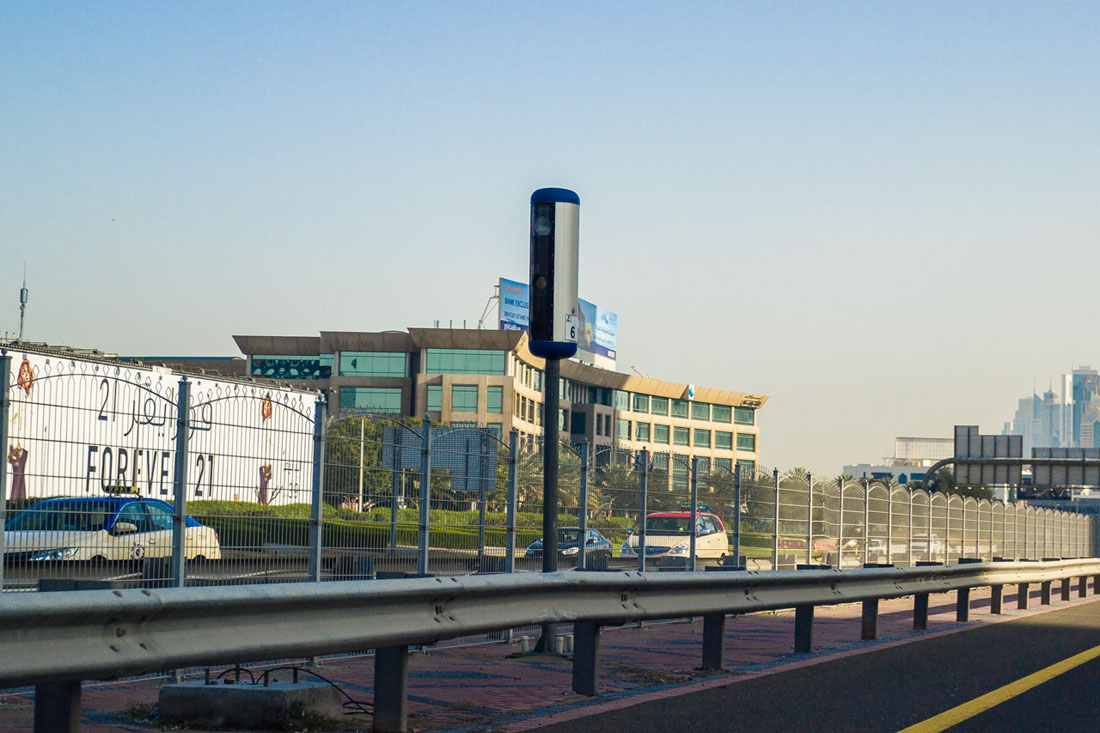
There are numerous motorcyclists cruising around the city, delivering food, including from McDonald’s.



Not everywhere in the city are there bus stops. Most of the time, it’s just a place with a signboard.
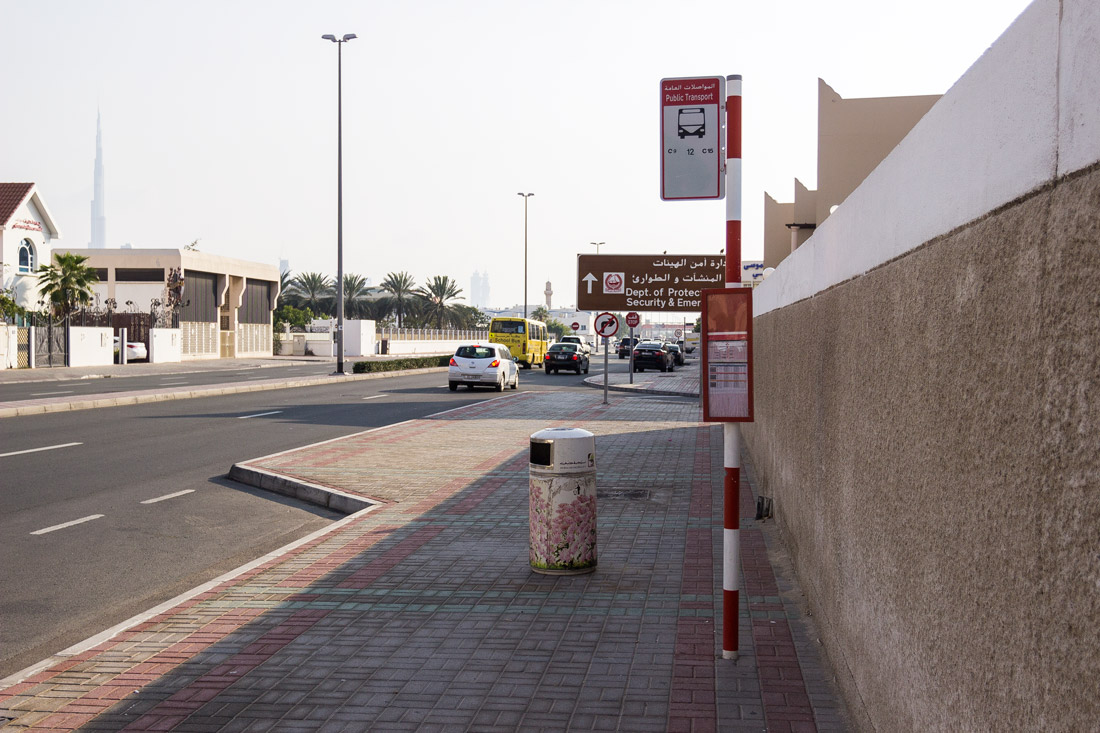
But there are also modern, covered bus stops with air conditioning.


Parking meter.

A gigantic information stand with a ridiculously tiny map.
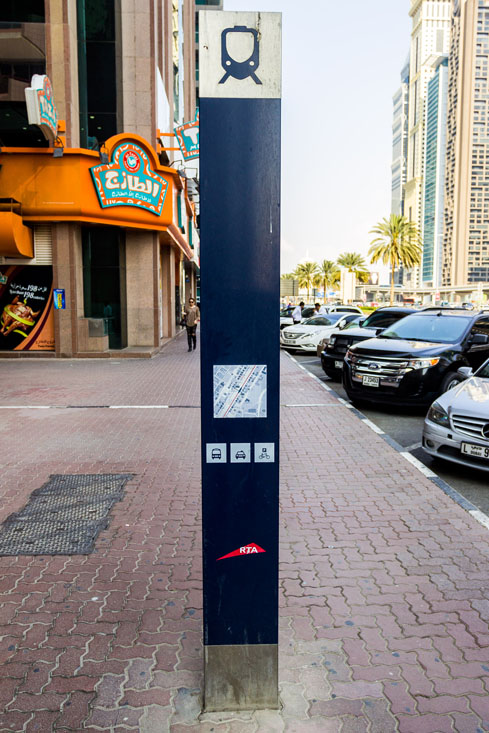
Most streets, alleys, and passages in Dubai do not have names; they are identified by anonymous numbers like “Street 55a” or “Road 308.” Only major highways have names, such as the city’s main artery, Sheikh Zayed Road.
In high-rise Dubai, there are no names for buildings and street signs. All navigation is based on skyscrapers. Each skyscraper has its own name, and any local resident knows how to get to it.
Road signs.




School bus.

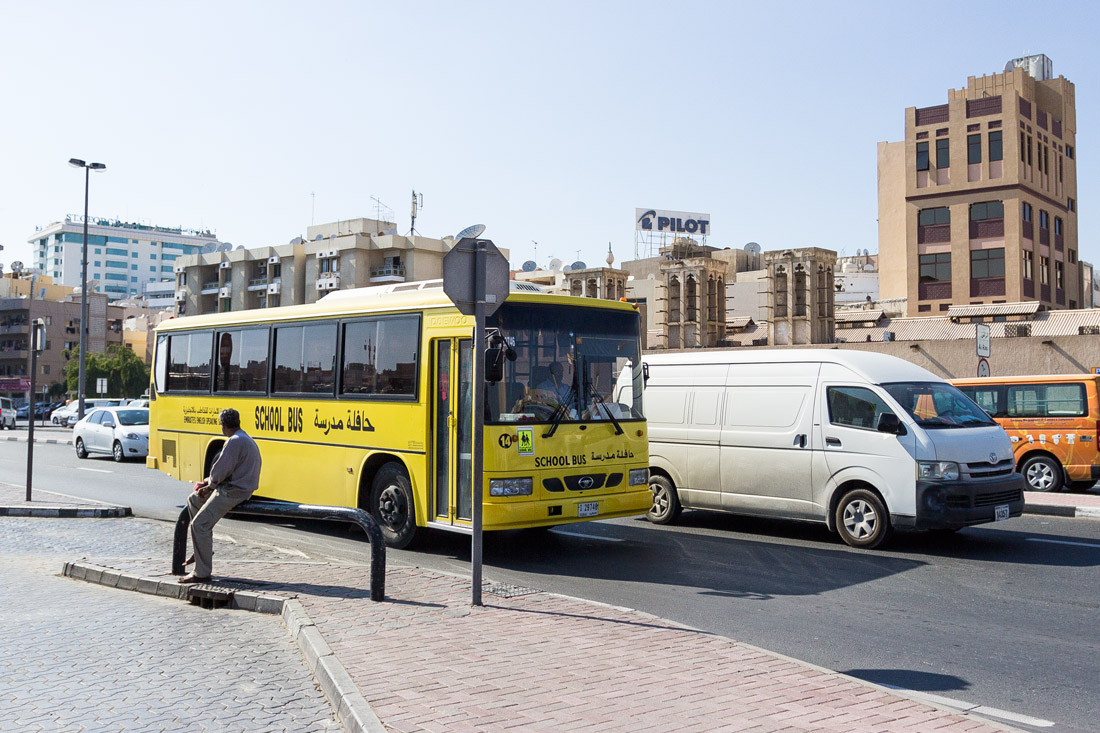
Regular bus.
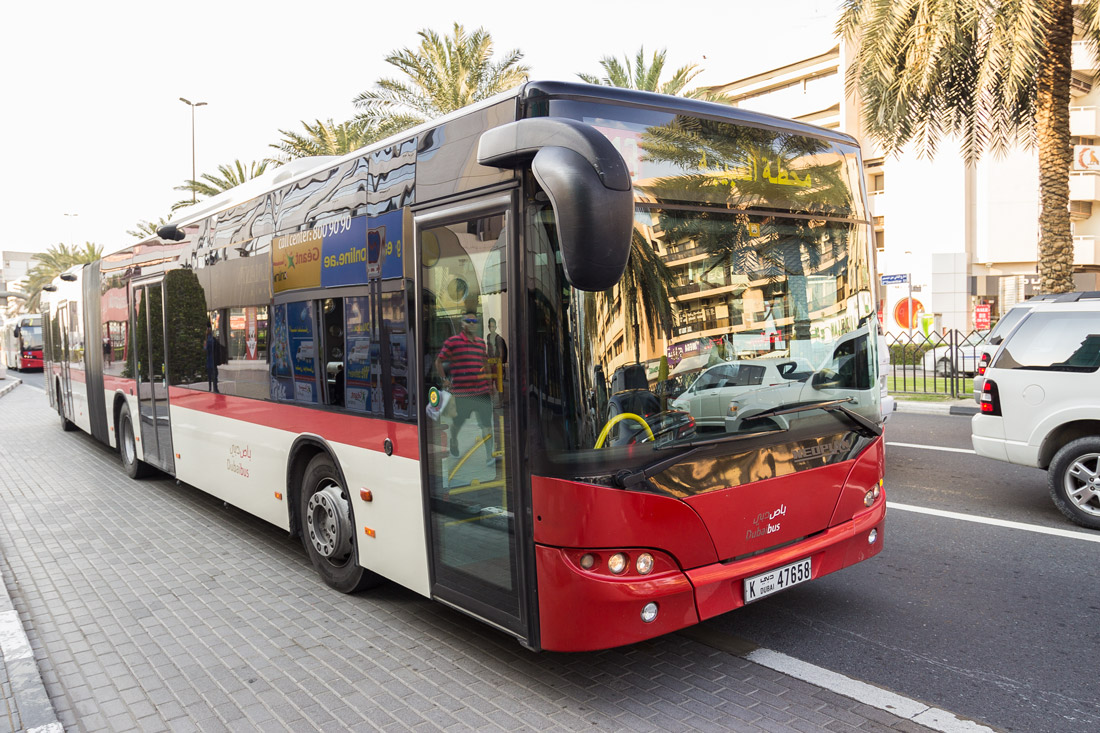

I don’t understand why everyone says that transportation in Dubai is poorly developed. It’s quite good. But taxis are still more convenient, they roam around the city, fast and affordable. Taxis differ in roof color depending on the servicing company: green, yellow, blue, red. There are women-only taxis with a pink roof.
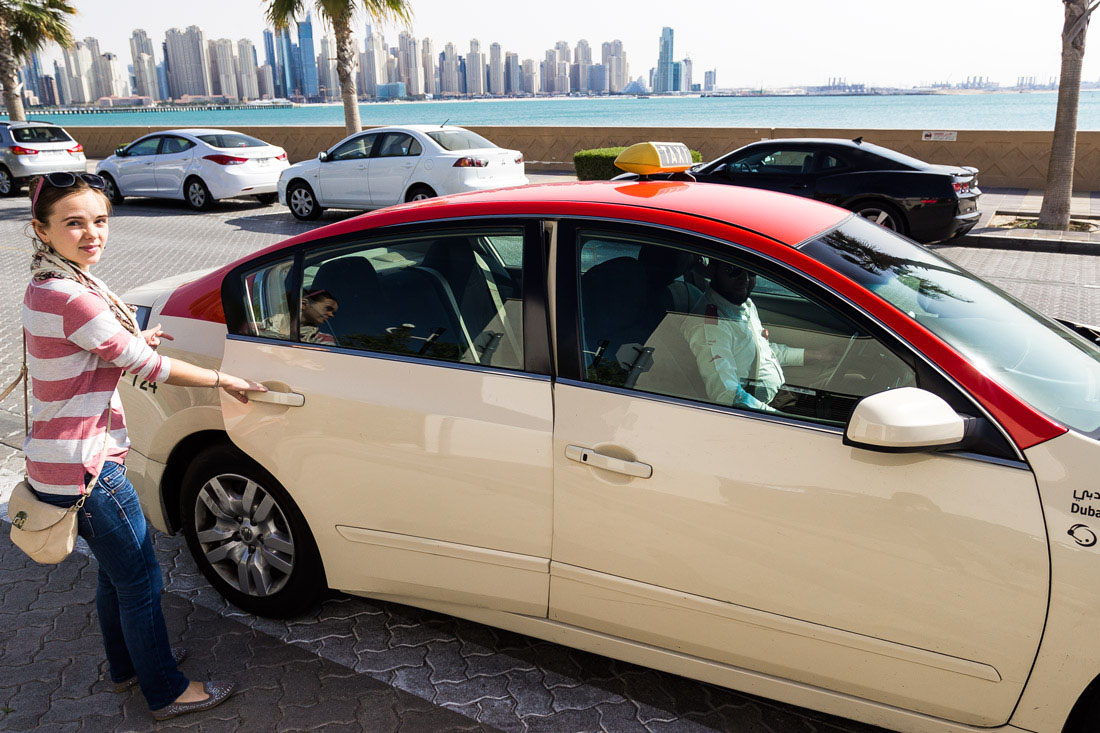

Taxi meter. The minimum fare is 10 dirhams (90 rubles), even if you have traveled a shorter distance.

On official vehicles, they put up signs that say, “If I drive unsafely, call this number.” Arabs drive completely recklessly, exceed the speed limit in areas without cameras, cut off other drivers, and constantly honk their horns. There is always a lot of noise on busy streets. However, nobody sticks out of their cars to yell or engage in fights: engaging in loud arguments in public places can lead to significant consequences with the police, but honking can be done as much as desired.

There are almost no bicycle lanes, cyclists are occasionally seen. There are parking spaces and paid rentals available.


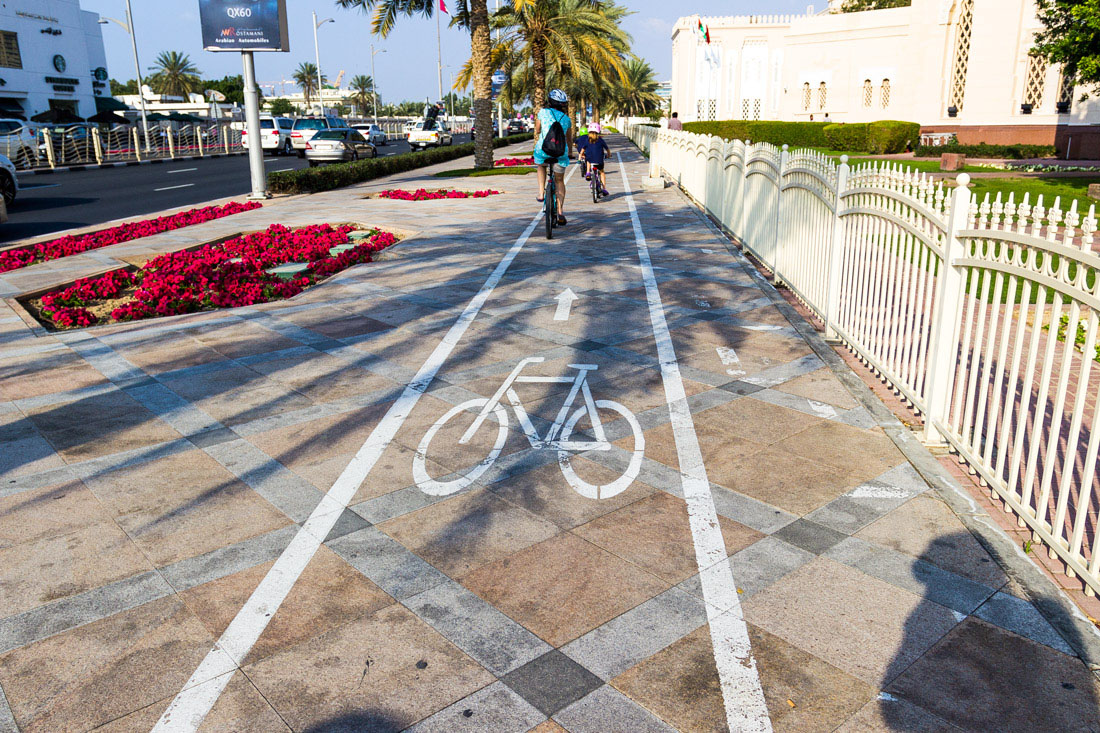
Telephone.

Mailbox.

Manholes.

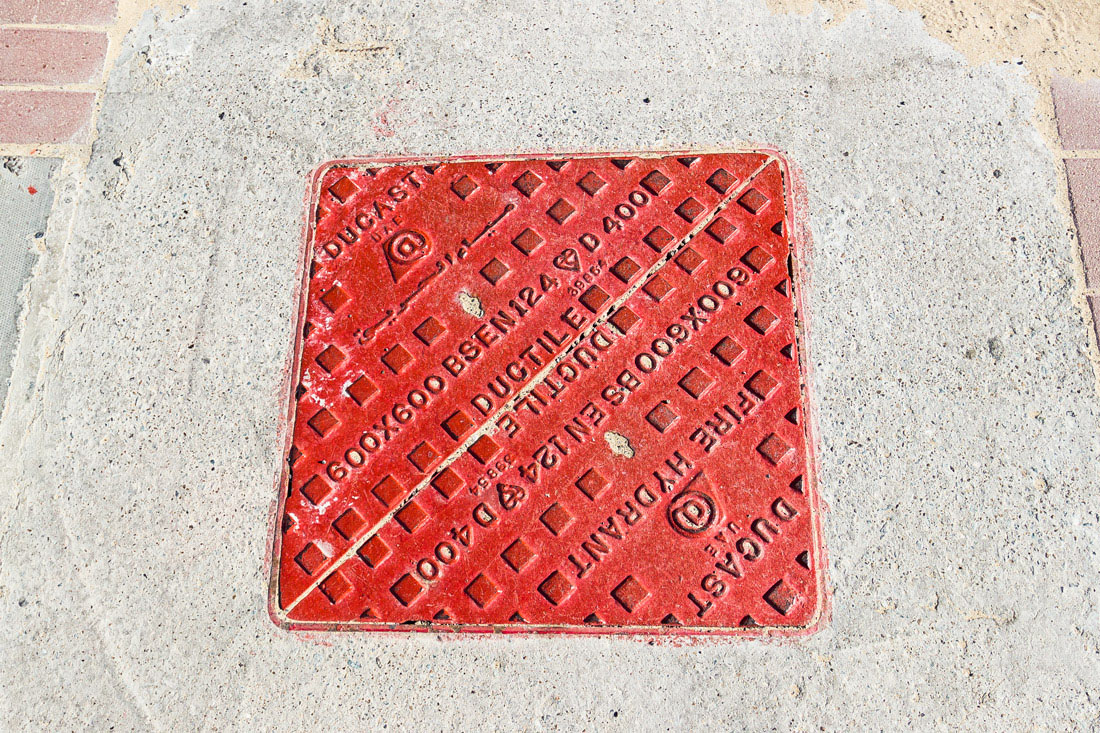



Flowers are painted on the bins.


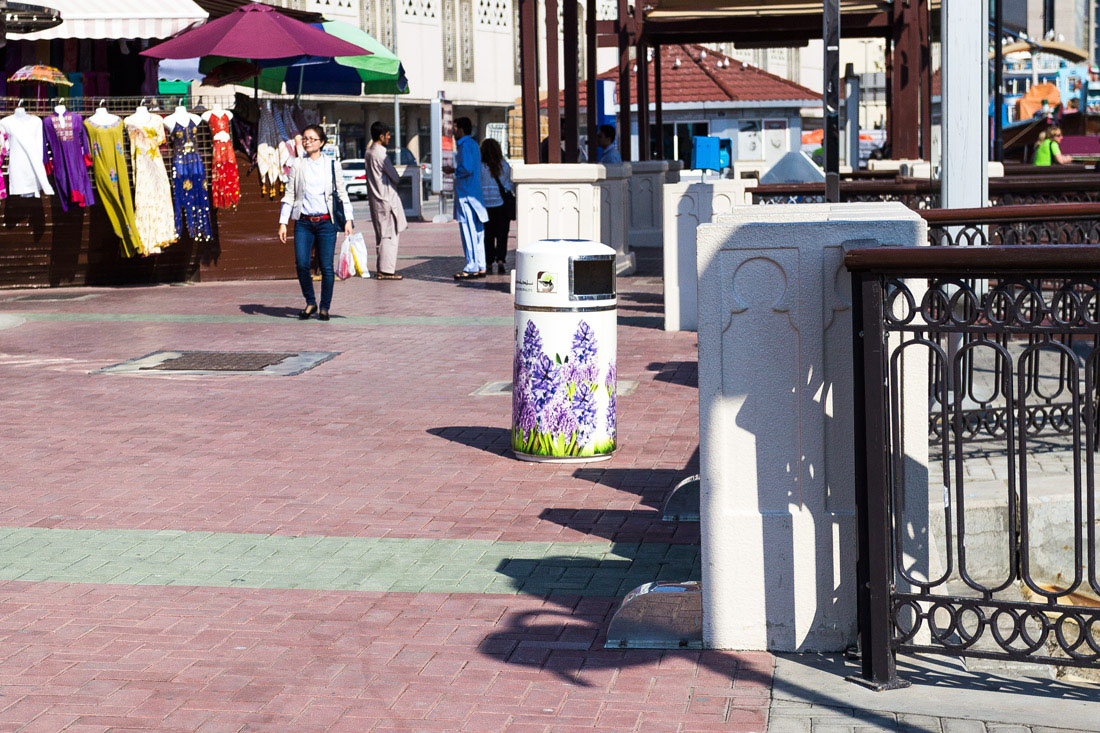

Irrigation. In Dubai, there is a complete lack of greenery. Palm trees are planted, lawns and shrubs are created, but to green the entire city built on sand, enormous resources are required.



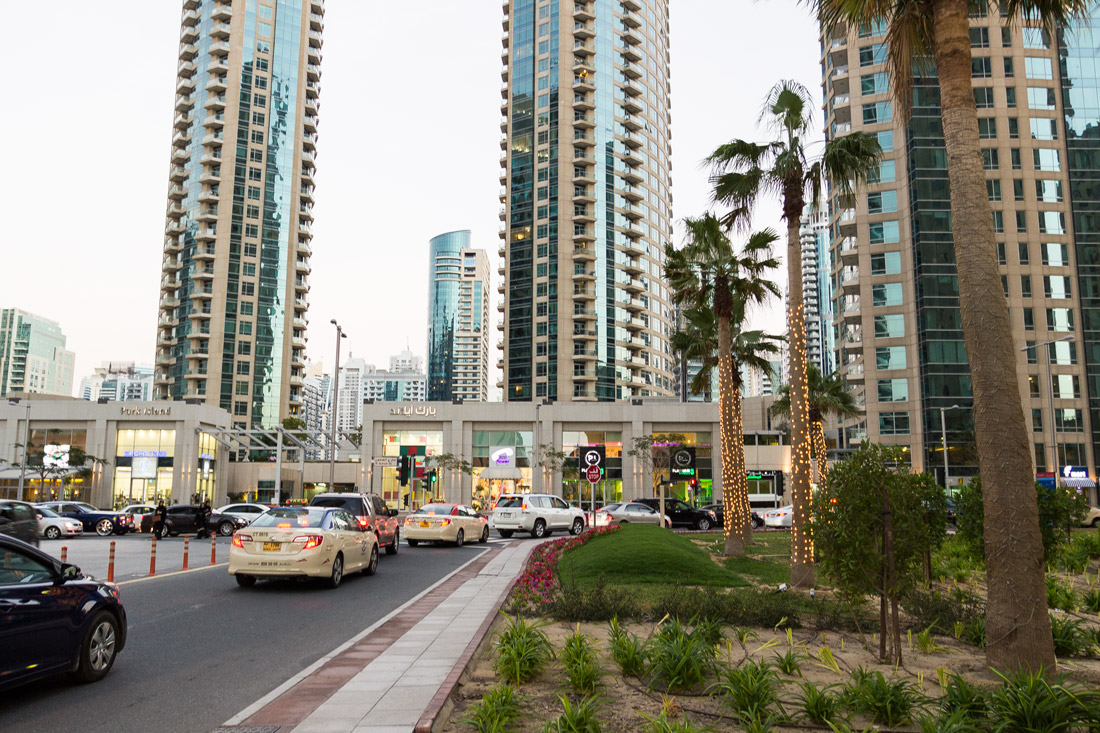
A lifebuoy on the waterfront in Dubai Marina.

Signs saying “meeting point” are often encountered.


Real Arabic numerals. A distinctive feature of writing is that the text is written from right to left, while the numbers within it are written from left to right.

“Stop” sign in two languages.

Alcohol is strictly regulated and prohibited for consumption and storage by Muslims. There are numerous exemptions for tourists: it is possible to drink in a large number of bars throughout the city, it is allowed to consume alcohol in hotels and private beaches. It is not advisable to appear heavily intoxicated in public.

Smoking is allowed.

Pork is also prohibited in Islam, but this prohibition is gradually being circumvented. Large supermarkets have meat sections designated as “for non-Muslims only.”
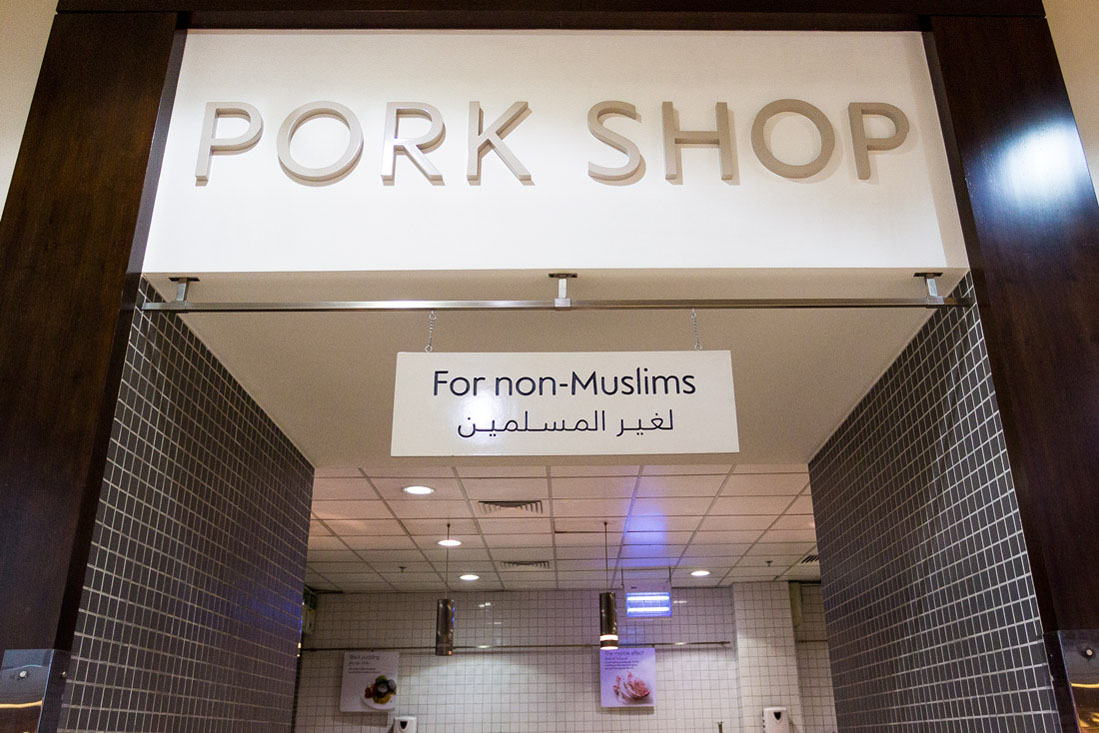
Eating and drinking are not allowed in the metro, buses, and taxis. Consuming food and water in public places and on the streets is completely prohibited during daylight hours in the month of Ramadan.
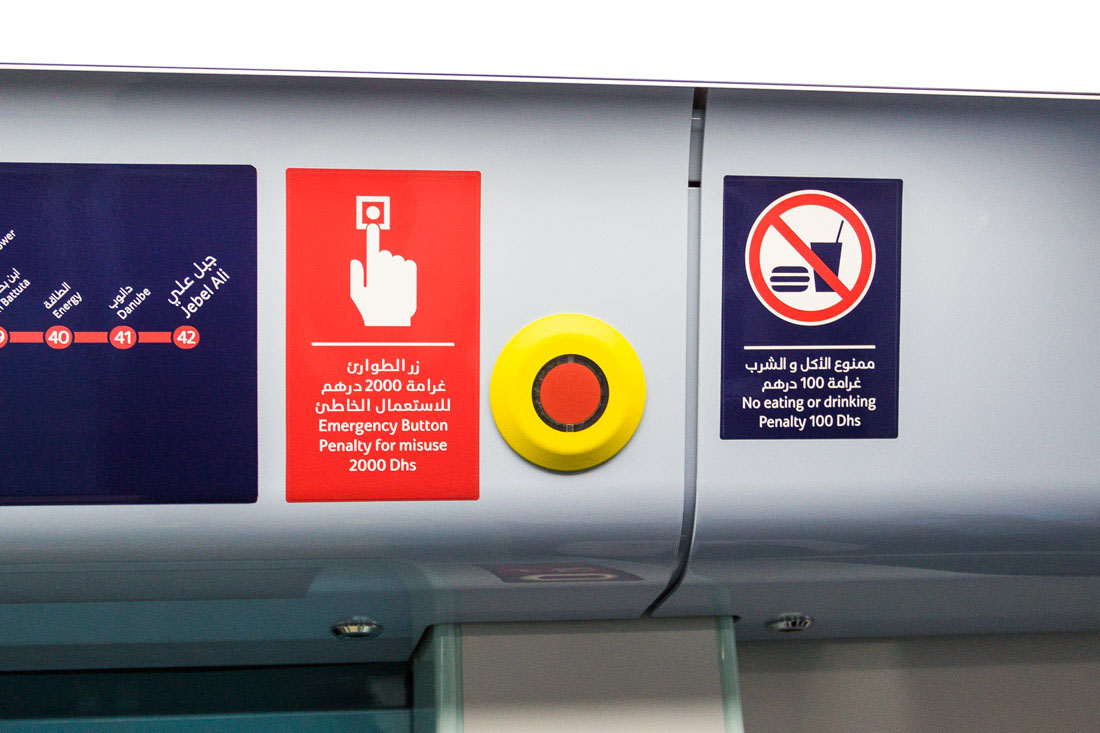
In Arab countries, it is not customary to use toilet paper. Muslims perform prayer five times a day, before which they must perform ablution of the entire body. The religion prescribes maintaining cleanliness. Therefore, bidets for washing are installed in place of toilet paper in bathrooms – a simple and modern solution that saves paper. It is high time to move away from medieval practices of wiping with paper. In old train station toilets, bidets are not available, and instead, a jug with water is used.
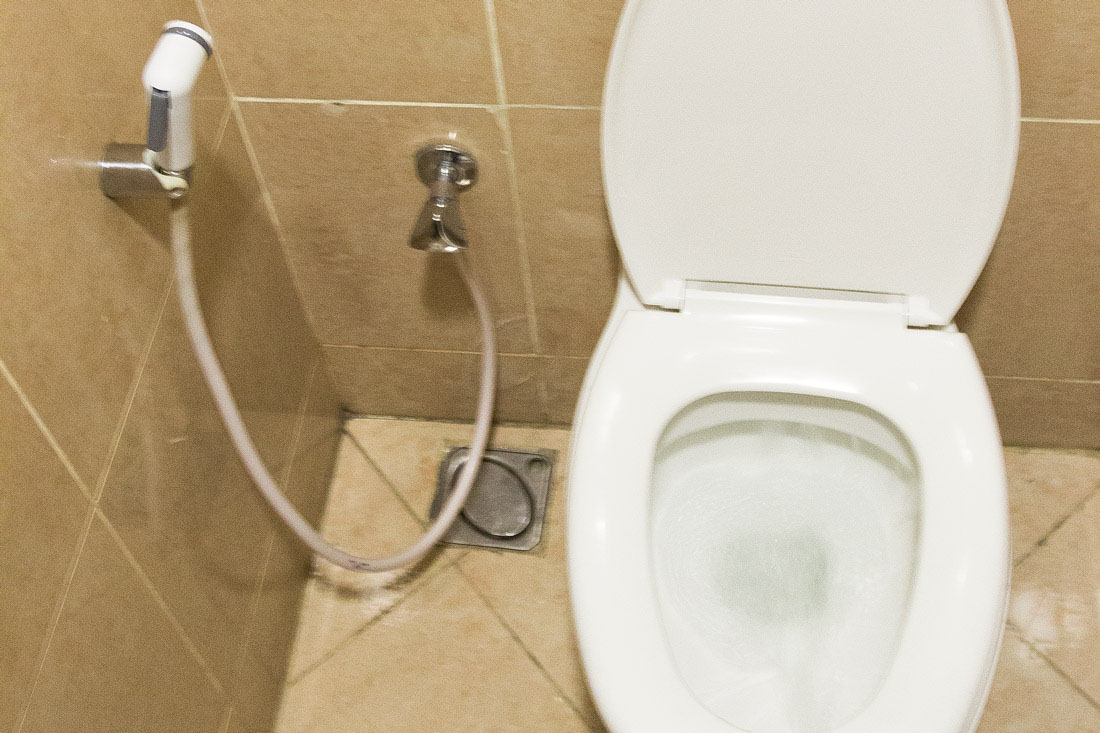
Prayer rooms are arranged next to the restrooms in malls.

Arabs have a peculiar perception of design. All the signs in the city, whether it’s a navigational sign or an advertising poster, are written in the same bold font. Advertising in Dubai is straightforward: photo + caption. There is no explanatory text, no discourse about the beautiful product – sometimes it’s unclear what it’s even about. You walk through a mall and there it is: photo, caption, photo, caption. They have gone too far with European simplicity.

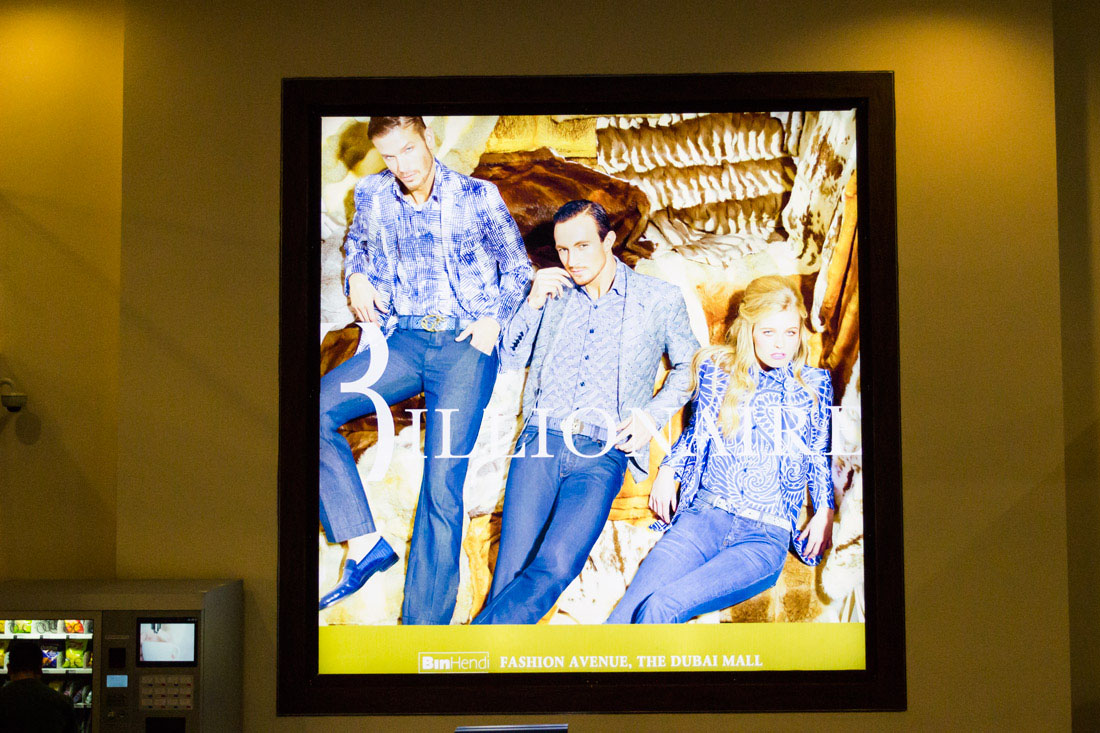

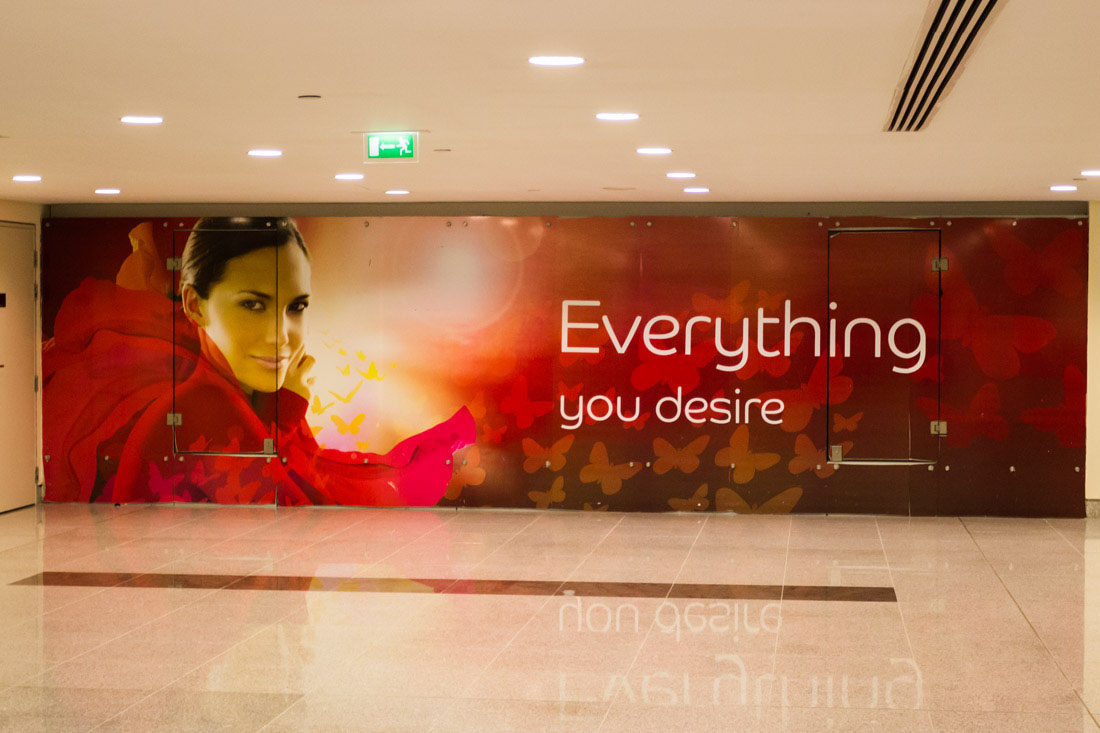


Advertising is either written in English or duplicated in two languages.

An interesting detail: the logos of many foreign brands are translated into Arabic while maintaining their recognizability.
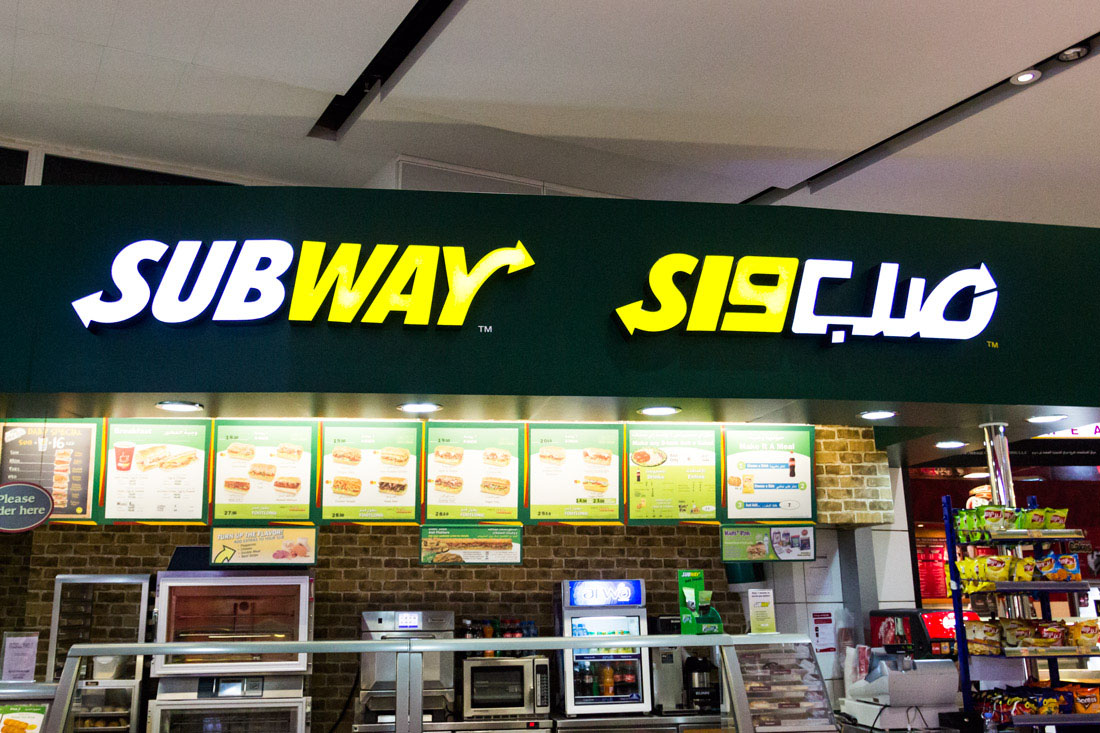

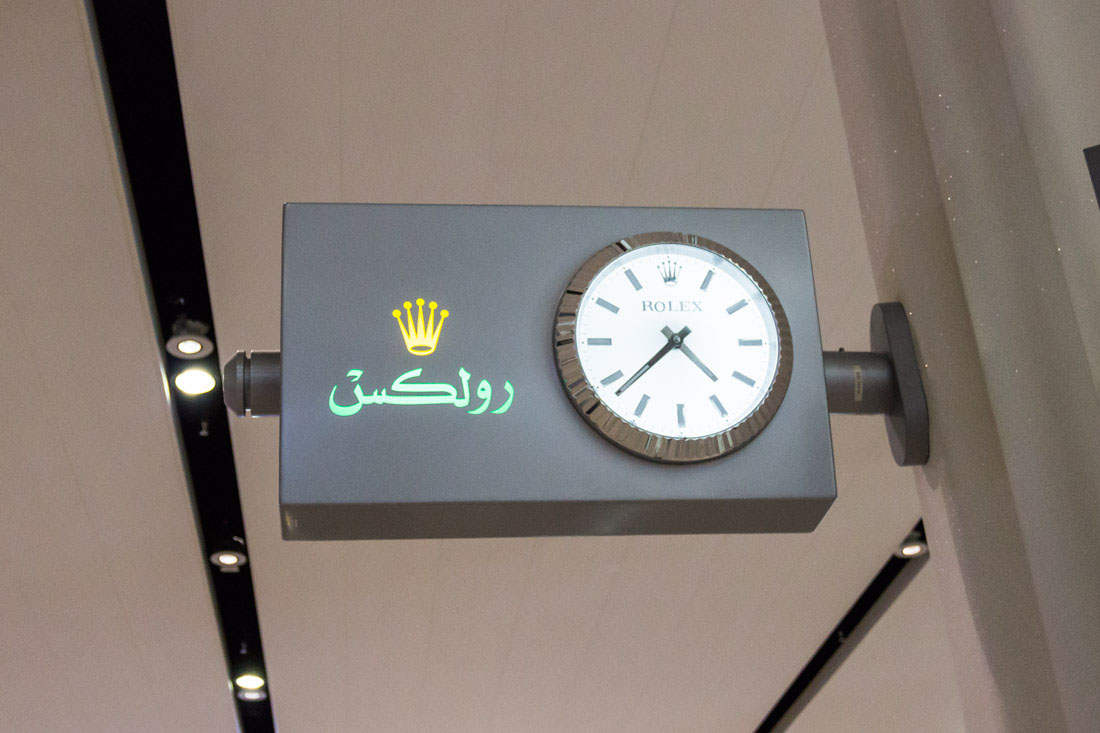
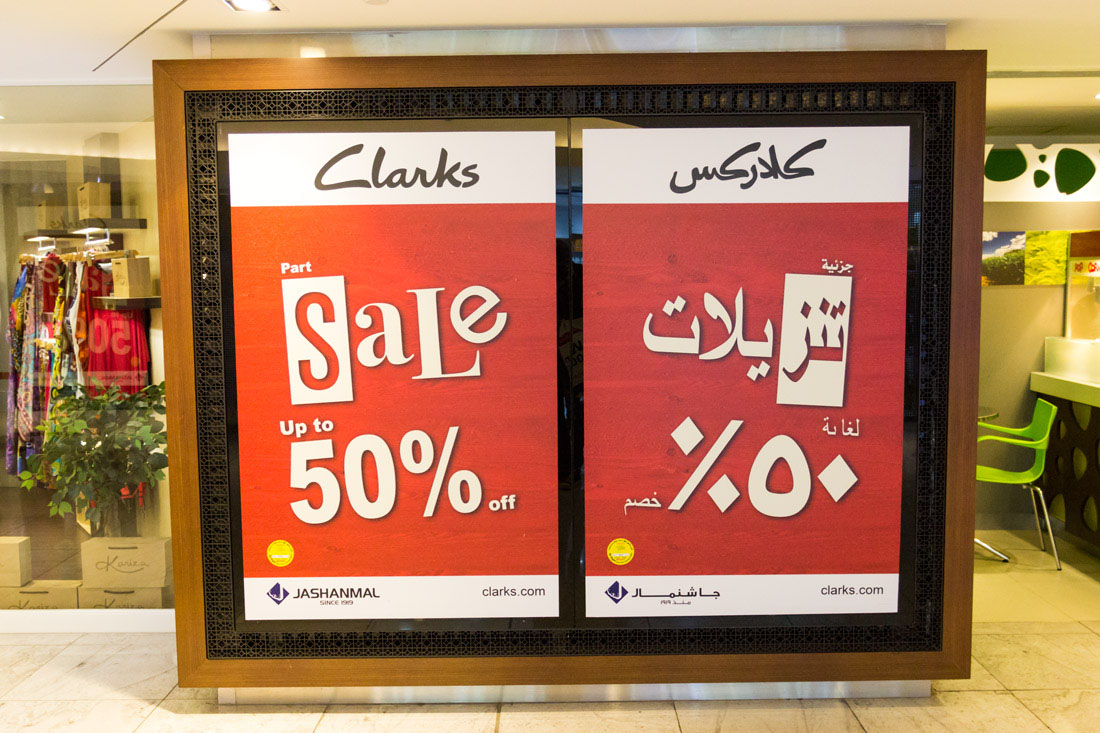


And we still afraid writing our brands in Cyrillic.


